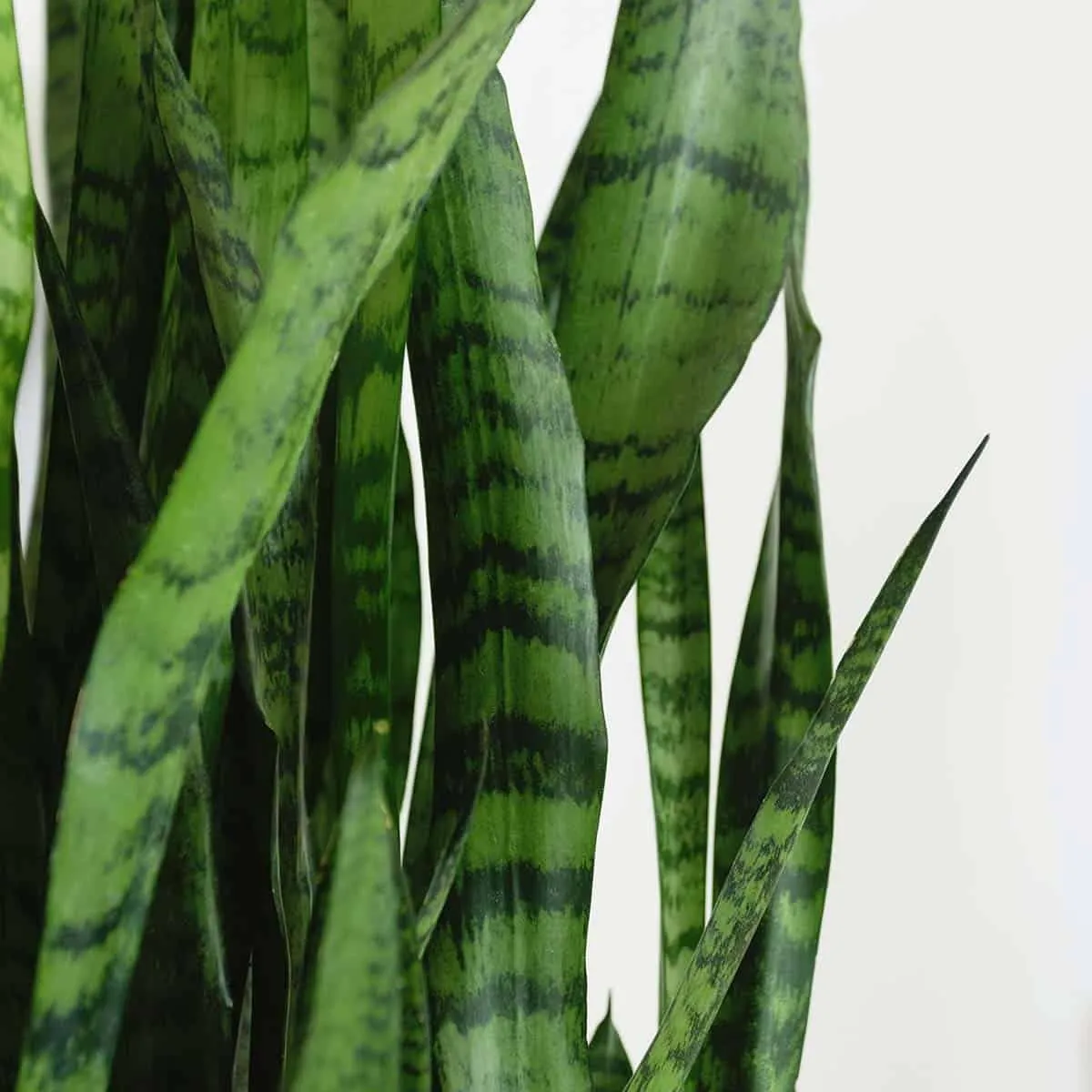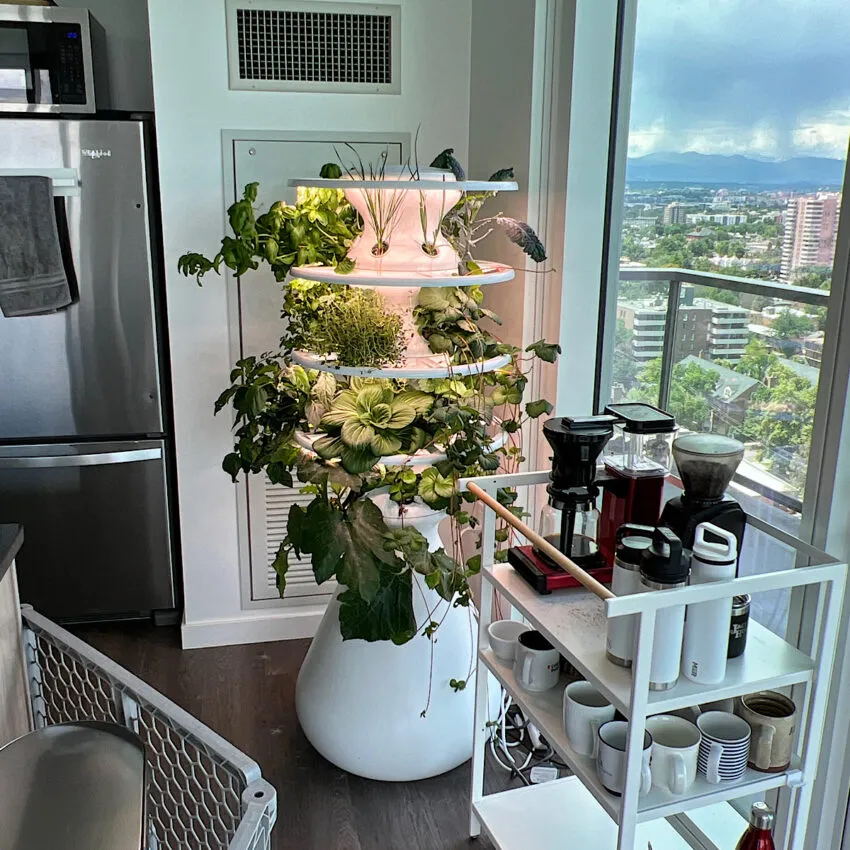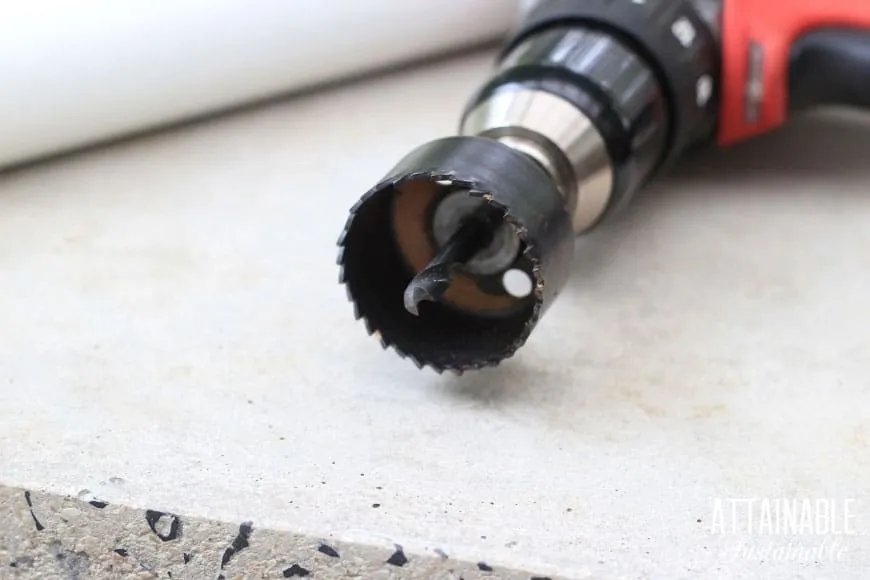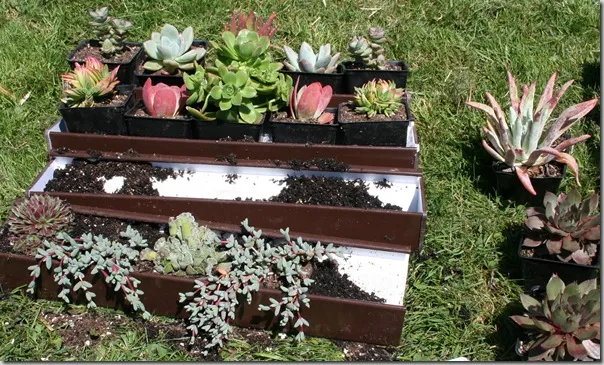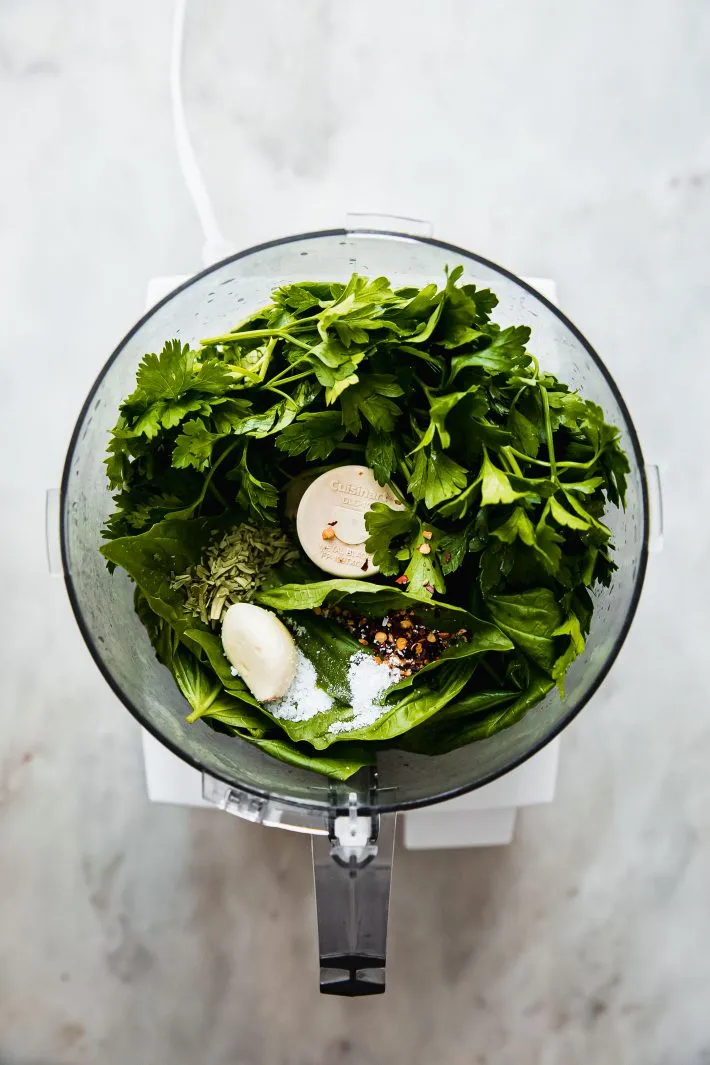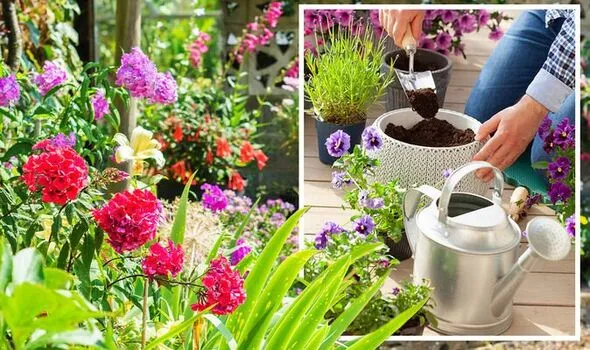- No yard? No problem! Grow fresh herbs and salad greens on any sunny windowsill.
- Enjoy fresh flavours year-round, even through winter.
- Save money and reduce waste by harvesting just what you need.
- Experience the joy of nurturing plants indoors with minimal space and effort.
Don’t have acres of garden space? Wish you could snip fresh basil for pasta or sprinkle vibrant parsley on dinner without a trip to the store? You’re not alone! Many aspiring gardeners feel limited by small living spaces. But I’m here to share a little secret from The Little Garden: you can cultivate a wonderfully productive windowsill herb and salad sprouts garden right inside your home. It’s the perfect way to transform often-overlooked windowsill real estate into a source of fresh flavour and vibrant green life, especially cheering during the grey months. While you might not feed a village, the satisfaction of harvesting your own ingredients is truly unparalleled.
Contents
Why Your Windowsill is the Perfect Indoor Garden Spot
Windowsills offer precious real estate for bringing the outside in. They typically provide the most direct source of natural light indoors, which is crucial for most edible plants. Even a north-facing window can be sufficient for leafy greens and some herbs, though south or west-facing windows are ideal for sun-lovers like basil.
Growing on a windowsill keeps your plants contained, neat, and easily accessible for daily watering and harvesting. It’s a fantastic option for apartment dwellers, those with limited mobility, or anyone looking to add a touch of green to their kitchen or living space. It turns a simple ledge into a living pantry!
Setting Up Your Windowsill Garden for Success
Choosing the right container is key. Look for planters specifically designed for windowsills – they are often long and narrow. The depth is important; aim for something between 15-20 centimetres (about 6-8 inches) to allow roots plenty of room to grow strong and healthy.
Crucially, your container must have drainage holes at the bottom to prevent waterlogging, which is a common killer of indoor plants. Place a drip tray or saucer underneath to catch excess water and protect your windowsill from moisture damage. Fill your chosen container with good quality potting mix designed for containers. This provides the necessary nutrients and structure for your plants.
Best Herbs to Grow on Your Windowsill
Many popular herbs adapt beautifully to indoor windowsill life. Growing from seed is rewarding, but you can also start with small plants from a garden centre or even try propagating from cuttings or dividing larger garden plants.
-
Basil
- Scientific Name: Ocimum basilicum
- Common Name: Basil
- Zone: Typically grown as an annual; indoors year-round.
- Light: Needs at least 6 hours of sunlight daily (south-facing window best).
- Humidity: Prefers moderate humidity.
- Water: Keep soil consistently moist, but not soggy. Water from the bottom if possible.
- A fragrant favourite! Basil thrives in warmth and sun. Pinch back the top leaves regularly to encourage bushy growth and prevent it from flowering, which reduces leaf production.
-
Mint
- Scientific Name: Mentha spp.
- Common Name: Mint
- Zone: Hardy perennial; indoors year-round.
- Light: Adaptable, from full sun to partial shade (east or west window often works).
- Humidity: Tolerates average indoor humidity.
- Water: Likes consistently moist soil.
- Mint is vigorous! If transplanting from the garden, dig up a root section. Keep trimmed to control growth. Its energy can sometimes fool it into growing through winter indoors.
-
Chives
- Scientific Name: Allium schoenoprasum
- Common Name: Chives
- Zone: Hardy perennial; indoors year-round.
- Light: Needs bright light (at least 4-5 hours).
- Humidity: Tolerates average indoor humidity.
- Water: Keep soil evenly moist.
- Mild oniony flavour, great snipped onto salads or potatoes. Can be started from seed or a clump from the garden. Snip from the tips.
-
Parsley
- Scientific Name: Petroselinum crispum (curly) or P. neapolitanum (flat-leaf)
- Common Name: Parsley
- Zone: Biennial, often grown as annual; indoors year-round.
- Light: Prefers bright light but can tolerate partial shade.
- Humidity: Likes average to slightly higher humidity.
- Water: Keep soil consistently moist.
- A kitchen staple! Grows well from seed. Harvest outer stalks from the base to encourage continuous production.
-
Coriander (Cilantro)
- Scientific Name: Coriandrum sativum
- Common Name: Coriander, Cilantro
- Zone: Annual; indoors year-round.
- Light: Prefers bright light but doesn’t like intense heat; can bolt (go to seed) easily.
- Humidity: Tolerates average indoor humidity.
- Water: Keep soil evenly moist.
- Can be tricky indoors as it bolts quickly. Sow seeds successively every few weeks for a continuous harvest. Use frequently by snipping leaves from the top.
-
Dill
- Scientific Name: Anethum graveolens
- Common Name: Dill
- Zone: Annual; indoors year-round.
- Light: Needs bright light (at least 5-6 hours).
- Humidity: Tolerates average indoor humidity.
- Water: Water regularly, allowing the top inch of soil to dry slightly between waterings.
- Feathery leaves perfect for fish or potatoes. Can be grown from seed. Doesn’t always transplant well, so direct sowing is best.
-
Marjoram
- Scientific Name: Origanum majorana
- Common Name: Sweet Marjoram
- Zone: Tender perennial, often grown as annual; indoors year-round.
- Light: Needs bright light (at least 6 hours).
- Humidity: Prefers lower humidity.
- Water: Let soil dry out slightly between waterings. Avoid overwatering.
- A sweeter, milder cousin to oregano. Grows well from seed.
-
Chervil
- Scientific Name: Anthriscus cerefolium
- Common Name: Chervil
- Zone: Hardy annual; indoors year-round.
- Light: Prefers partial shade; an east or west window is good.
- Humidity: Likes higher humidity.
- Water: Keep soil evenly moist.
- Delicate, anise-flavoured leaves. Grows quickly from seed but can bolt in heat.
 Variety of leafy greens growing in containers indoors on a sunny day
Variety of leafy greens growing in containers indoors on a sunny day
If you start herbs from seed, scatter them thinly over the soil surface and gently press them in. Water lightly. Once seedlings appear, thin them out according to packet instructions to give the strongest ones room to grow. Keep trimming your herbs frequently – this encourages them to produce more leaves instead of focusing energy on flowering.
Fresh Salad Greens on Your Windowsill
Growing salad greens indoors is incredibly satisfying because you can harvest ‘cut-and-come-again’ leaves over and over. Many varieties grow quickly from seed.
-
Loose Leaf Lettuces: Look for seed mixes like ‘Saladini’ or ‘Misticanza’ which are blends of various leaf types. Sow seeds densely in your planter. Once seedlings are a few inches tall, start snipping the outer leaves as needed. This allows the inner leaves to continue growing.
-
Rocket (Arugula):
- Scientific Name: Eruca vesicaria subsp. sativa
- Common Name: Rocket, Arugula
- Zone: Annual; indoors year-round.
- Light: Prefers bright light but can tolerate partial shade.
- Humidity: Tolerates average indoor humidity.
- Water: Keep soil evenly moist.
- Spicy, peppery leaves. Grows fast from seed. Harvest outer leaves or snip bunches.
-
Pea Shoots: Easy and fast! Soak dried peas (specifically for sprouting or eating, not treated garden peas) overnight, then spread them on an inch or two of potting mix. Cover lightly with more mix and water. Keep moist. Once they reach 3-4 inches, snip them just above the soil line. They won’t regrow significantly, so sow new batches often.
-
Land Cress:
- Scientific Name: Barbarea verna
- Common Name: Land Cress, American Cress
- Zone: Biennial/perennial, grown as annual; indoors year-round.
- Light: Adaptable, from full sun to partial shade.
- Humidity: Tolerates average indoor humidity.
- Water: Keep soil consistently moist.
- Similar peppery flavour to watercress, but easier to grow in soil.
When growing greens, pay attention to spacing. If they look overcrowded, thin them out so each plant has room to develop. Regular harvesting is key to encouraging more leaf production.
Beyond Leaves: Growing Sprouts Indoors
For the ultimate in space-saving fresh produce, consider growing sprouts! This requires almost no space, no soil, and very little light – an airing cupboard is perfect for the initial sprouting phase. Sprouts are nutritional powerhouses and ready to eat in just a few days.
You need specific sprouting seeds (available online or at garden centres) that haven’t been treated with fungicides. Mung beans are a popular and easy choice, producing the familiar “bean sprouts”.
To sprout mung beans:
- Soak a handful of seeds overnight in water.
- Rinse thoroughly and place them in a large glass jar.
- Cover the jar opening with a piece of breathable fabric (like cheesecloth or mesh) secured with a rubber band.
- Find a warm, dark place for the jar, tilted slightly downwards so excess water can drain.
- Rinse the sprouts with fresh water twice a day, draining well each time.
- After about 4-6 days, they should be ready to harvest when the sprouts are about 1-2 cm long. Give them a final rinse and enjoy!
Sprouts are fantastic added raw to salads, sandwiches, or quickly tossed into stir-fries at the very end of cooking.
Caring for Your Mini Indoor Ecosystem
Caring for your windowsill garden isn’t complicated.
- Watering: The trickiest part! Soil in containers dries out faster than in garden beds. Check the soil moisture by sticking your finger about an inch deep. If it feels dry, it’s time to water. Water thoroughly until you see water draining into the tray below, then empty the tray after about 30 minutes so the roots don’t sit in water. The frequency will depend on temperature, humidity, and plant size.
- Light: Observe how much light your windowsill gets throughout the day. If plants look leggy or pale, they might need more light. Rotate pots occasionally for even growth.
- Harvesting: Regular harvesting encourages plants to produce more! For leafy greens, snip outer leaves. For herbs, pinch or cut stems just above a leaf node.
- Pests: Keep an eye out for common indoor pests like aphids or spider mites. Often, a gentle wash with soapy water is enough to manage them.
What if you find you’re not using your herbs as quickly as they grow? Don’t let them go to waste! Herbs like basil, parsley, and coriander can be preserved by drying, freezing, or making them into sauces like pesto.
Start Your Windowsill Harvest Today!
Growing a windowsill herb and salad sprouts garden is an accessible, rewarding way to enjoy fresh, homegrown produce no matter how limited your space. It brings life and fragrance indoors and adds that special touch to your meals. So grab a small planter or a few pots, some soil and seeds, and get started. You’ll be amazed at the flavour and satisfaction it brings!
Ready to turn your windowsill green? Share your plans in the comments below or tag us in your indoor garden photos! Want to learn more about specific herbs or how to preserve your harvest? Explore other articles on Thelittle.garden!





